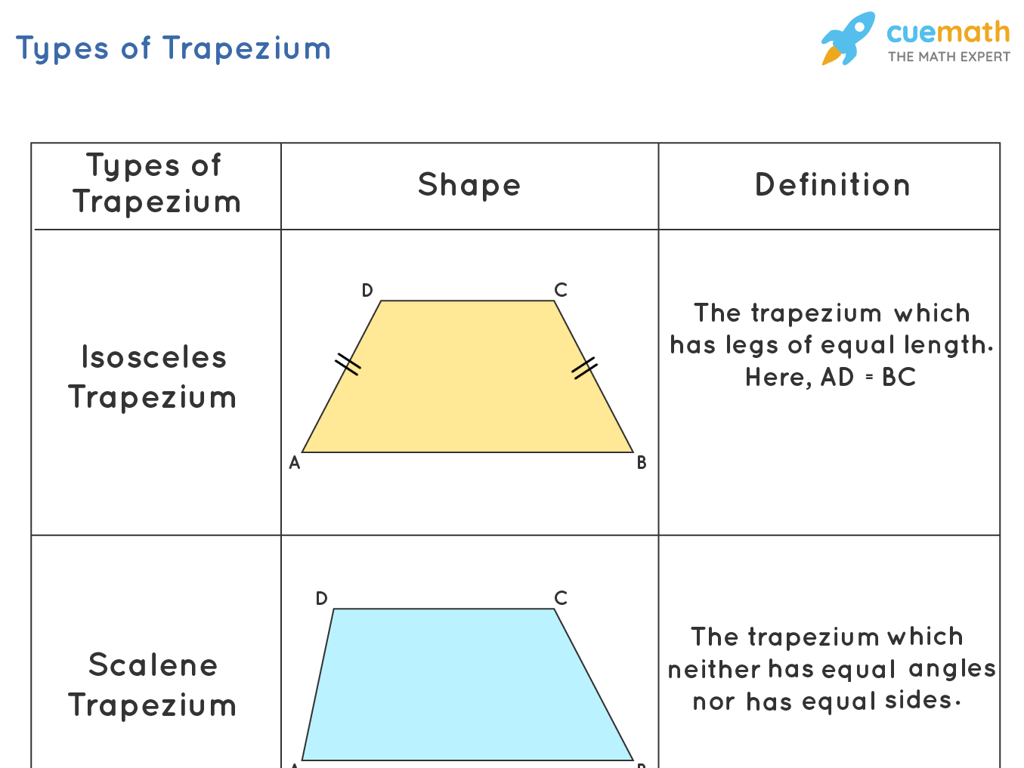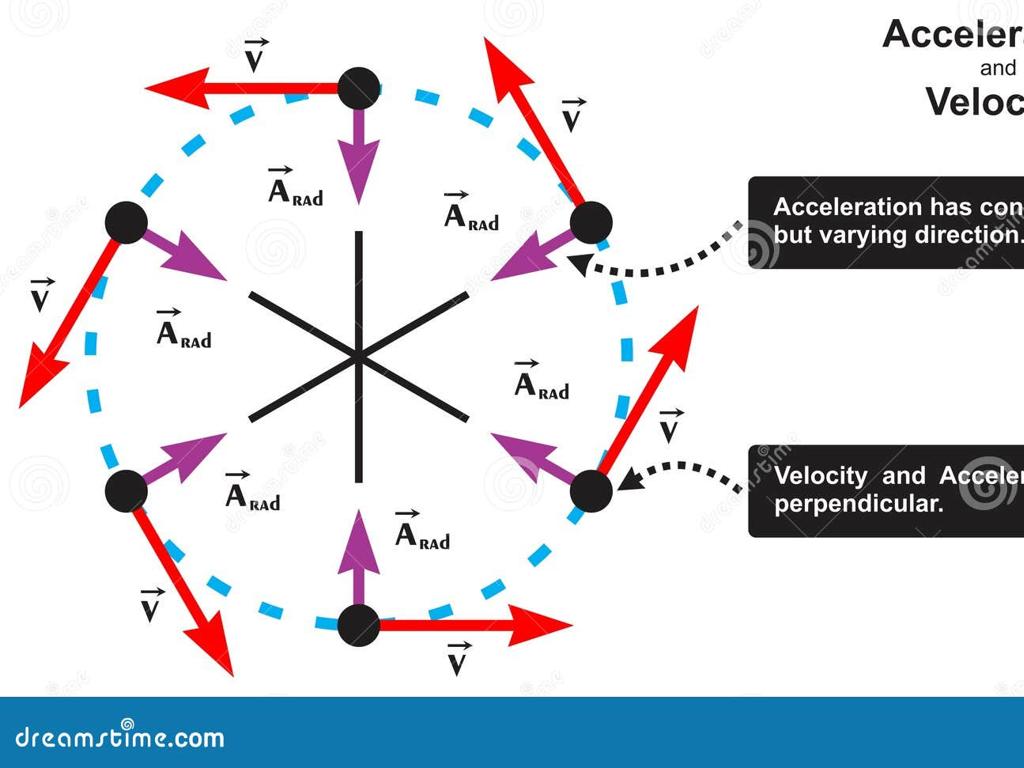Add And Subtract Fractions With Unlike Denominators
Subject: Math
Grade: Sixth grade
Topic: Add And Subtract Fractions
Please LOG IN to download the presentation. Access is available to registered users only.
View More Content
Introduction to Fractions
– Recap: What are fractions?
– Fractions represent parts of a whole, with a top number (numerator) and bottom number (denominator).
– Components: Numerator & Denominator
– The numerator is the part you have, while the denominator is the total number of parts.
– Like vs Unlike Denominators
– Like denominators are the same, unlike denominators are different, which affects how we add or subtract.
– Fractions in Daily Life
– Use fractions when cooking, budgeting, or measuring anything in parts.
|
Begin with a brief review of fractions, ensuring students recall that a fraction consists of a numerator and a denominator. Clarify the difference between like and unlike denominators, as this is crucial for understanding how to add and subtract fractions. Emphasize the relevance of fractions in everyday life, such as in recipes or dividing a pizza among friends, to help students see the practical application of what they’re learning. This introduction sets the foundation for the upcoming lessons on adding and subtracting fractions with unlike denominators.
Visualizing Fractions with Pie Charts
– Use pie charts for fraction visualization
– Pie charts show fractions as parts of a whole, making it easier to understand.
– Compare like & unlike denominators
– See how fractions with the same (like) or different (unlike) denominators look.
– Visual aids for fraction comparison
– Use colors or shading to distinguish between different fractions on the chart.
– Practice with different fractions
|
This slide aims to help students grasp the concept of fractions by visualizing them with pie charts. By seeing fractions as parts of a whole, students can better understand how fractions with like and unlike denominators relate to each other. Encourage students to draw their own pie charts, comparing fractions with like denominators (e.g., 1/4 and 3/4) and unlike denominators (e.g., 2/5 and 3/8). Discuss how visual aids like pie charts can make abstract concepts more concrete. In the next class, have students bring in examples of pie charts they’ve created, and use these as a basis for a discussion on comparing fractions.
Adding Fractions with Like Denominators
– Review adding like denominators
– Add numerators, keep denominator same
– Example: 1/4 + 2/4
– Sum: 1/4 + 2/4 = 3/4
|
Begin with a quick review of adding fractions with like denominators to ensure students are comfortable with the concept before moving on to unlike denominators. Emphasize that when adding fractions with the same denominator, you simply add the numerators while the denominator remains unchanged. Use the example 1/4 + 2/4 to illustrate this point. Show that the numerators 1 and 2 add up to 3, while the denominator 4 stays the same, resulting in the sum of 3/4. This will set a foundation for understanding the more complex concept of adding fractions with unlike denominators.
Understanding Unlike Denominators
– Definition of unlike denominators
– Denominators that are not the same in fractions, e.g., 1/2 and 1/3
– Challenge of adding unlike denominators
– Without the same denominators, fractions represent different whole parts
– Finding a common denominator
– Use multiplication to find equivalent fractions with the same denominator
– Adding fractions with common denominators
– Once denominators match, add the numerators to find the sum
|
This slide introduces the concept of unlike denominators, which are denominators that are different in two or more fractions. Students will learn why directly adding fractions with unlike denominators doesn’t work, as it would be like adding apples to oranges. The slide will guide students through the process of finding a common denominator by finding equivalent fractions, which will then allow them to add or subtract the fractions accurately. Emphasize the importance of this skill in solving real-world problems and ensure students understand each step before moving on to practice problems.
Making Denominators Alike
– Find the least common denominator (LCD)
– LCD is the smallest number that both denominators can divide into.
– Convert fractions to same denominator
– Multiply top and bottom of fractions to get the LCD as the new denominator.
– Example: Adding 1/3 and 1/4
– To add 1/3 and 1/4, convert to 4/12 and 3/12, then add to get 7/12.
– Practice with different fractions
|
This slide introduces the concept of finding a common denominator to add or subtract fractions with unlike denominators. Start by explaining the least common denominator (LCD) as the smallest multiple that is common to both denominators. Demonstrate how to convert fractions so they have the same denominator by finding the LCD and adjusting the numerators accordingly. Use the example of 1/3 and 1/4 to show the process step by step. Encourage students to practice this method with different sets of fractions to solidify their understanding. Provide additional examples and practice problems for students to work on as homework.
Adding Fractions with Unlike Denominators
– Convert to common denominator
– Find the least common multiple (LCM) of denominators
– Add numerators of converted fractions
– Keep the common denominator, add the new numerators
– Simplify the resulting fraction
– If possible, reduce the fraction to its simplest form
– Example: 2/3 + 1/6
– First, convert 2/3 and 1/6 to have the same denominator, then add
|
This slide introduces the process of adding fractions with unlike denominators. Start by explaining the need for a common denominator, which is the LCM of the original denominators. Once the fractions are converted, students should add the numerators while keeping the common denominator the same. After the addition, guide them to simplify the fraction if necessary. Use the example 2/3 + 1/6 to illustrate the process: convert 2/3 to 4/6, then add 4/6 + 1/6 to get 5/6. Encourage students to practice with additional examples and ensure they understand each step before moving on.
Subtracting Fractions with Unlike Denominators
– Convert fractions to have common denominators
– Example: Subtract 3/4 from 1/6
– First, find a common denominator for 3/4 and 1/6
– Find the Least Common Denominator (LCD)
– LCD for 3/4 and 1/6 is 12
– Subtract the numerators and keep the denominator
– Convert to 9/12 and 2/12, then subtract: 9/12 – 2/12 = 7/12
|
This slide introduces the concept of subtracting fractions with unlike denominators. Start by explaining the need to convert fractions to have the same denominator so they can be subtracted. Use the example of 3/4 and 1/6 to illustrate finding the least common denominator (LCD), which in this case is 12. Show the conversion of both fractions to have the denominator of 12, resulting in 9/12 and 2/12. Then, guide students through the subtraction process, emphasizing that only the numerators are subtracted while the denominator remains the same. The result is 7/12. Encourage students to practice with additional examples and ensure they understand each step before moving on.
Fraction Practice: Adding & Subtracting
– Solve practice problems as a class
– Explain your problem-solving steps
– How did you find a common denominator?
– Share different methods used
– Did anyone use a visual aid, like a fraction bar?
– Discuss any challenges faced
– Were there any tricky problems? How did you overcome them?
|
This slide is meant to facilitate a collaborative problem-solving session focused on adding and subtracting fractions with unlike denominators. Encourage students to actively participate by solving problems on the board and explaining their reasoning to the class. This will help them articulate their thought process and solidify their understanding. Provide guidance on finding common denominators and using visual aids if necessary. Be prepared to offer support for any challenges that arise, and highlight different methods that can be used to find the solution. The goal is to foster a supportive learning environment where students feel comfortable sharing and discussing mathematical concepts.
Class Activity: Fraction Recipe Challenge
– Form small groups for the activity
– Choose a recipe that uses fractions
– Example: 1/2 cup sugar, 1/3 cup milk
– Adjust recipe servings using fractions
– If original serves 4 and you need 6, how will you adjust?
– Add and subtract fractions with unlike denominators
– Find common denominators to combine fractions
|
This group activity is designed to help students apply their knowledge of adding and subtracting fractions with unlike denominators in a practical, real-world context. Divide the class into small groups and have each group select a recipe that includes fractional measurements. Challenge them to adjust the recipe’s servings, which will require them to add or subtract fractions with different denominators. Provide guidance on finding common denominators and combining fractions. This hands-on activity not only reinforces mathematical concepts but also encourages teamwork and problem-solving. Possible variations for different groups could include doubling a recipe, halving it, or scaling it to a specific number of servings. Ensure that each group presents their findings and explains the mathematical process they used.
Wrapping Up: Fractions with Unlike Denominators
– Review of adding and subtracting fractions
– Steps to find common denominators
– Find the least common multiple (LCM) of denominators
– Practice makes perfect
– Solve the assigned problems to reinforce today’s lesson
– Homework: 10 problems assigned
|
In today’s lesson, we covered how to add and subtract fractions with unlike denominators. It’s crucial for students to understand that they need to find a common denominator before they can add or subtract the fractions. The least common multiple (LCM) of the denominators is the smallest number that both denominators can divide into without a remainder. For homework, students are assigned 10 problems that require them to practice finding the LCM and then adding or subtracting the fractions. This will help solidify their understanding of the process. Encourage students to show all their work and check their answers. Remind them to reach out if they have questions or need help before the next class.






